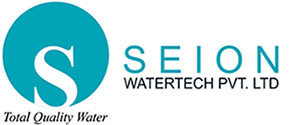Twin Bed Portable Demineralisers
SEION Twin Bed Portable Demineralisers produce demineralised water at flow rates up to 600 liters per hour. They are easy to install and economical to operate. Our design is the outcome of many years of experience to meet the specific requirements of many industries.
The units are made of corrosion resistant materials of construction pressure vessels of FRP, plastic tubes, moulded rubber components, plastic coated stands, FRP panels, cover to prevent from dust etc.
If capacity of the ion exchanger is exhausted, it is regenerated. The cation exchanger with dilute hydrochloric acid and the anion exchanger with caustic soda solution.
The unit are pre-assembled and tested before dispatch and are easy to install.
Advantages :
- Ready to use.
- Portable can be moved to points of use.
- Complete with regeneration equipment and a multi-valve control block.
- Continuous monitoring of treated water quality.
- CThree years long subjected warranty.
Applications :
- Battery top up.
- Laboratories & research institution.
- Beverage manufacture.
- Pharmaceuticals.
- Chemicals.
Specifications :
- Two FRP pressure vessels charged with cation and anion exchange resins.
- One multi-valve control block.
- One mild steel plastic coated panel holding a conductivity meter and valve block.
- One conductivity cell.
- One regeneration plastic bag/container.
- One set of operation manual.

